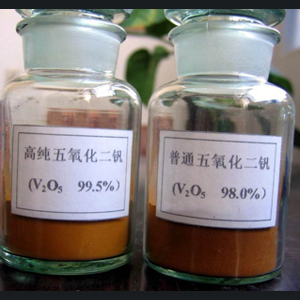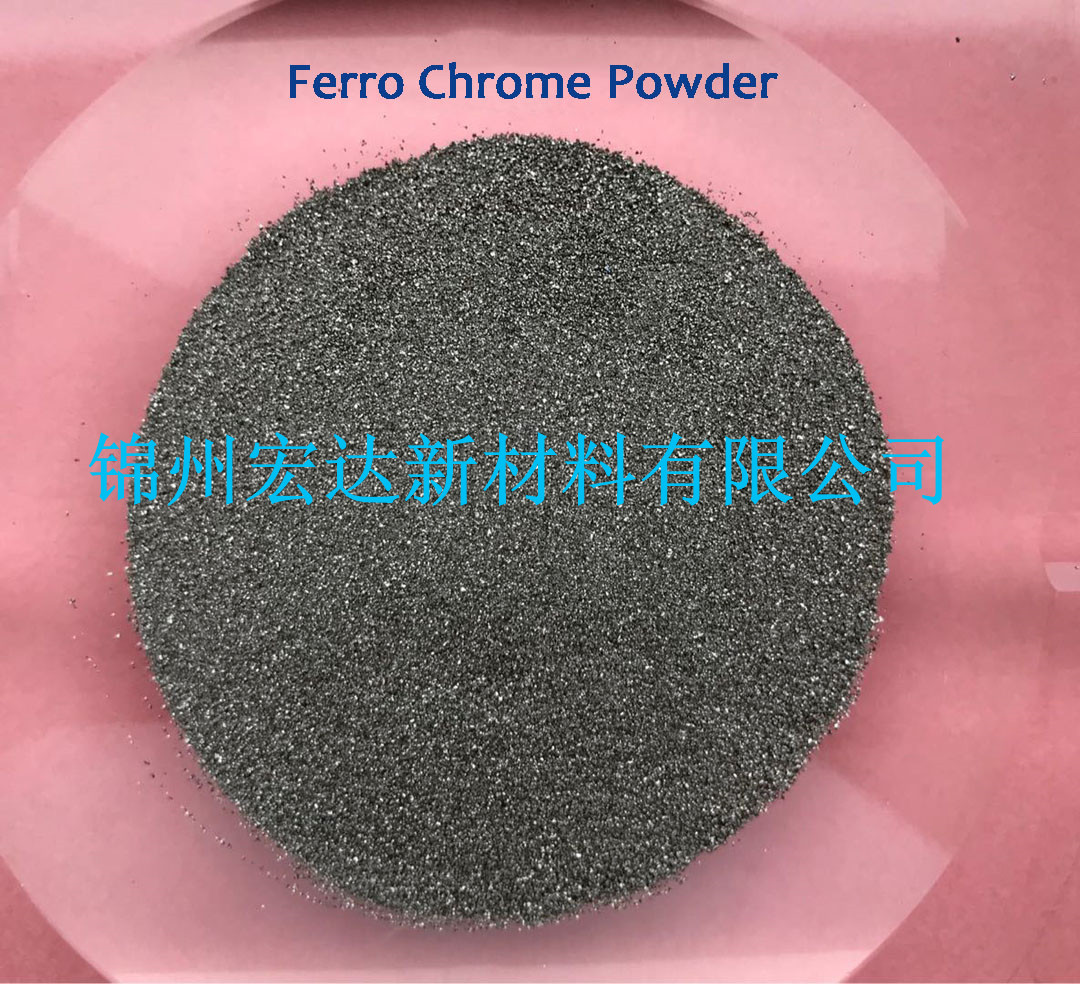[ferro-alloys.com] The world’s top steelmaker may have a shortage of steel. China has a lack of rebar, according to iron ore miner Fortescue Metals Group Ltd., which says a shortfall of the key product helps to explain a divergence between the price of the commodity it digs up with the alloy it’s made into.
There’s a shortage of rebar, Fortescue’s Chief Executive Officer Nev Power said in a Bloomberg Television interview in Beijing on Monday, citing closures in China of some steel producers, especially operators of induction furnaces. Rebar, or reinforcement bar, is a basic item used to reinforce concrete.
China makes half of the world’s steel, and in recent years it’s been more associated with excess production, soaring steel exports, and sinking prices. That pain has spurred the government — egged on by Group of Seven policy makers — to press on with shutdowns of outdated plants, promote consolidation and clean the air that’s polluted by smokestacks. Over the past year, the closure of induction furnaces, which use electricity, has been a focus.
“Induction furnaces typically make rebar and as those furnaces are closed down, it’s created a shortage of rebar and the prices have gone up,” Power told Bloomberg Television. “The margins that are being made in rebar at the moment we don’t believe are long-term and as new production comes in, we’ll see those margins comes back to normal.”

While iron has tumbled this year amid concerns about supply, as well as projections demand may slow in China, rebar by contrast has soared. That’s a divergence from the pattern in recent years when they’ve moved in tandem, with Shaw and Partners Ltd. and Liberum Capital Ltd. flagging the shift. Spot ore with 62 percent content fell to $55.90 a dry ton on Monday, down 29 percent this year, according to Metal Bulletin Ltd.
There are signs of a possible shortfall with nationwide stockpiles or rebar in retreat, although analysts say that the trend may now be easing as other producers boost supply. Inventories of rebar in China have shrunk every week since mid-February and are now at the lowest since December.
‘Shortage of Rebar’
“The elimination of some induction furnaces has indeed led to a shortage of rebar in China,” said Xu Huimin, an analyst at Huatai Futures Co. in Shanghai. “However, we may be reaching an inflection point as demand has started to weaken and supply is expected to increase.”
Shifts in China’s policy on coking coal have also been behind the split between iron and steel, according to Power, who said he’s seen a “significant change” in the relationship between the two. When coal surges, as happened last year, mills can respond by using more higher-grade iron ore to boost efficiency.
Iron ore’s slump this year has come as supplies increased, including from top producers Australia and Brazil, with Vale SA beginning a four-year ramp-up of its biggest project S11D. In April, Australia’s government said it expects output from the biggest miners to top demand, hurting prices.
Power cited stockpiles of ore held at China’s ports among factors that had hurt iron ore. “As the port stocks come down that will keep a lid on prices,” he said. “But once things return to normal, we should see it trade somewhere around where the global supply curve is.”
- [Editor:Wang Linyan]



 Save
Save Print
Print Daily News
Daily News Research
Research Magazine
Magazine Company Database
Company Database Customized Database
Customized Database Conferences
Conferences Advertisement
Advertisement Trade
Trade














 Online inquiry
Online inquiry Contact
Contact



Tell Us What You Think